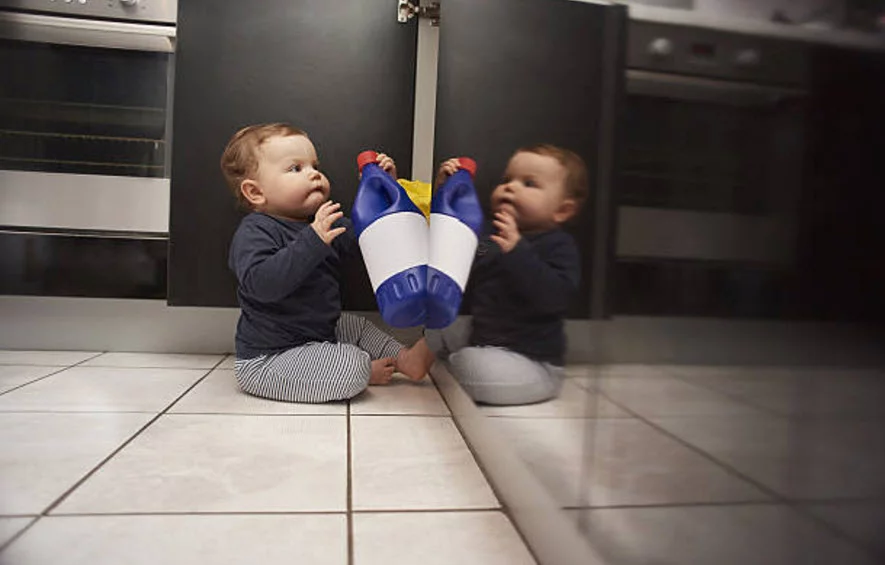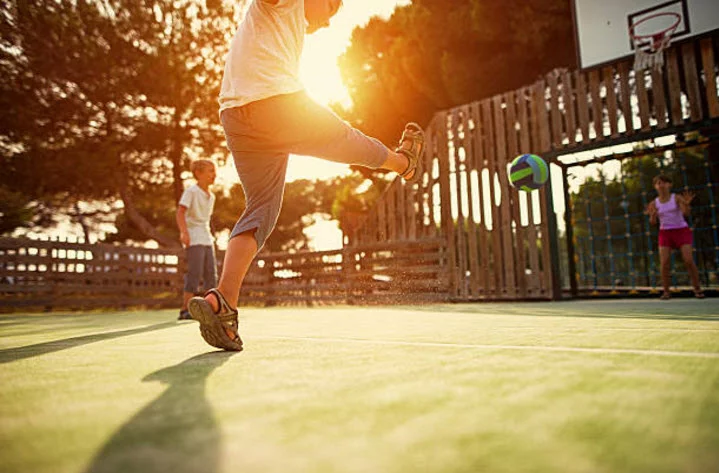Expert advice to keep your child safe, and what to do in an emergency.
Originally posted by: www.consumerreports.org
Of the two million-plus calls to U.S. poison control centers in 2015, almost half concerned kids aged six and under, according to the latest data from the American Association of Poison Control Centers (AAPCC).
That’s no surprise, says Carl Baum, Ph.D, professor of pediatrics and emergency medicine at Yale School of Medicine. Starting at age one, toddlers can get around on their own and develop enough finger dexterity to grasp all kinds of household items.
All of which increases the risk that they’ll ingest potentially harmful things around the house. “The vast majority of exposures we see are kids picking up small objects and putting them in their mouth,” Baum says.
Here are the most dangerous household poisons for youngsters under age six, and what you should do to keep little ones safe. (Older kids are at somewhat lower risk, but parents should apply these tips to them as well.)
Alcohol-Based Products
Alcoholic drinks that are left out accidentally can tempt little ones. But household products that contain ethanol, including some hand sanitizers, mouthwash, and perfumes or colognes, are a more likely source of alcohol exposure for young children.
In fact, cosmetics and other personal care products were the most common exposures reported to poison control centers for children under six in 2015.
Some surprising products, such as vanilla extract, are also alcohol-based.
The amount that will make a child sick depends on the concentration of the alcohol and the size of the child, but just 2 ounces of wine can result in a dangerous level of alcohol in the blood of a 25-pound toddler. Alcohol can cause vomiting, drowsiness, confusion, and in severe cases, respiratory arrest and death.
Protect and prevent: Keep alcoholic beverages and any other product that contains alcohol completely out of the reach of children; you might assume that a kitchen or bathroom counter is a safe spot, but it’s not. Even very young children can use a chair to climb up on counters.
Household Cleaning Products
Household cleaning products, such as bleach, drain declogger, and glass sprays, on the whole accounted for 11 percent of poison control center calls for children under six in 2015. While it depends on the particular substance, these often cause vomiting and abdominal pain if ingested.
Protect and prevent: Store them up high and out of reach of children. Always keep cleaning products in their original bottles; a different container may not have the same safety features, such as an on/off nozzle (which won’t stop older children, but may foil younger kids).
Also, consider opting for greener products, like those that carry the Environmental Protection Agency’s Safer Choice logo. EPA scientists evaluate all such products for possible health and environmental hazards. For more on labels, go to GreenerChoices.org.
Opioids and Other Dangerous Drugs
The accidental ingestion of prescription medications, including sedatives, stimulations, and most commonly, opioids such as hydrocodone (Vicodin), oxycodone (Percocet), and buprenorphine (Suboxone), sends nearly 50,000 U.S. youngsters under age 5 to ERs each year.
Over-the-counter medications and supplements can also be hazardous for young children. Adult-strength iron supplements can cause bloody diarrhea or vomiting in under an hour. Just one high dose of acetaminophen (the amount depends on your child’s height, weight, and age) can cause liver damage.
Protect and prevent: Store medications where kids can’t reach them, preferably locked away. Make sure medicine containers, including those that are child-resistant, are always completely closed after use.
Keep medications in their original containers when you travel; daily pill organizers aren’t necessarily child-resistant. Ask visitors to secure medications they bring to your home.
Get rid of unused or expired sedatives, stimulants, and opioids properly by bringing them to a pharmacy or hospital, or by mixing them with coffee grounds or cat litter in a sealed plastic bag and throwing them away. Flush unused opioids down the toilet.






